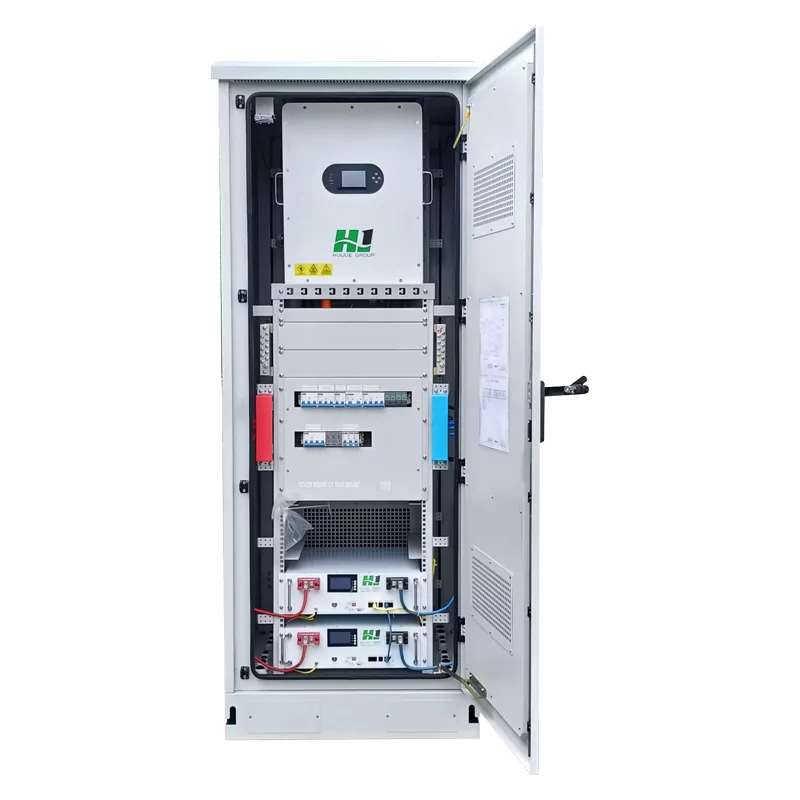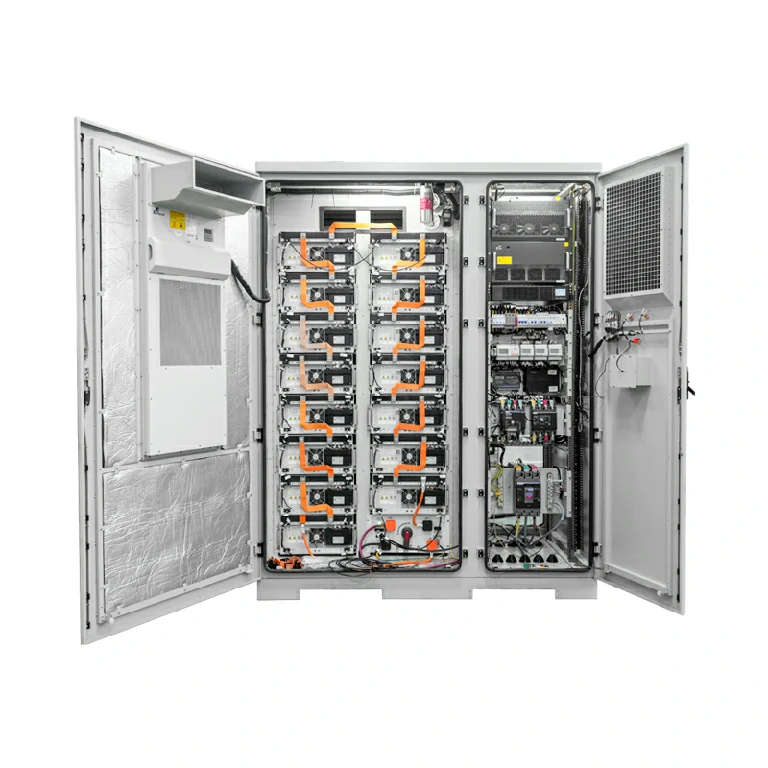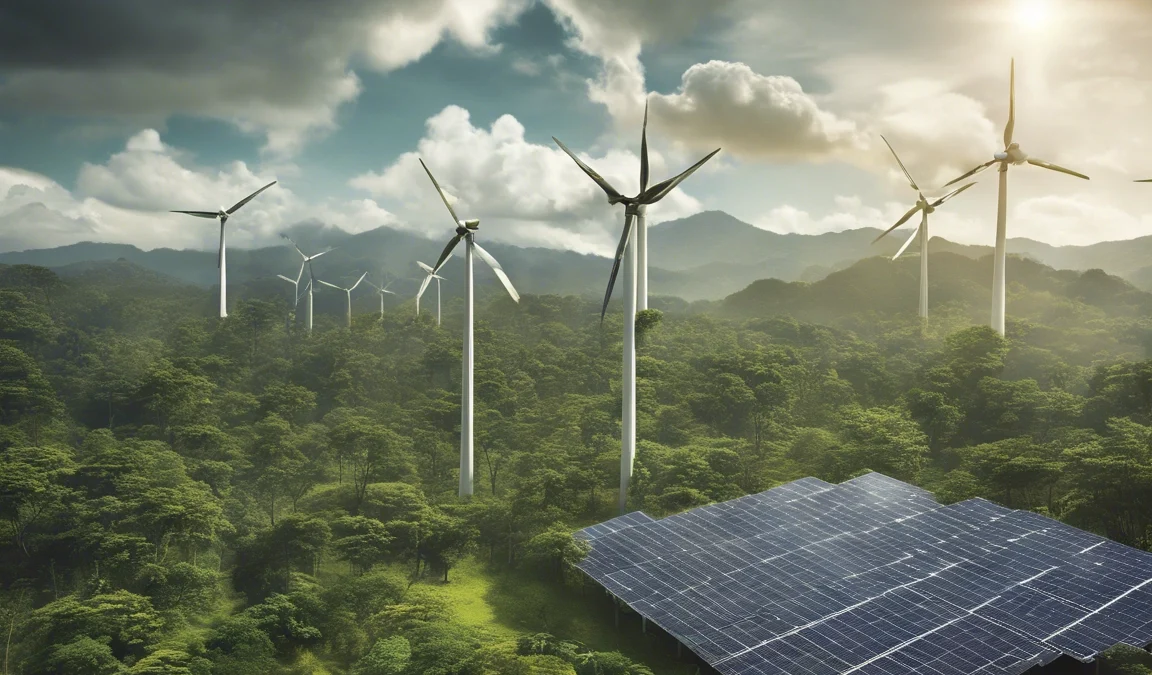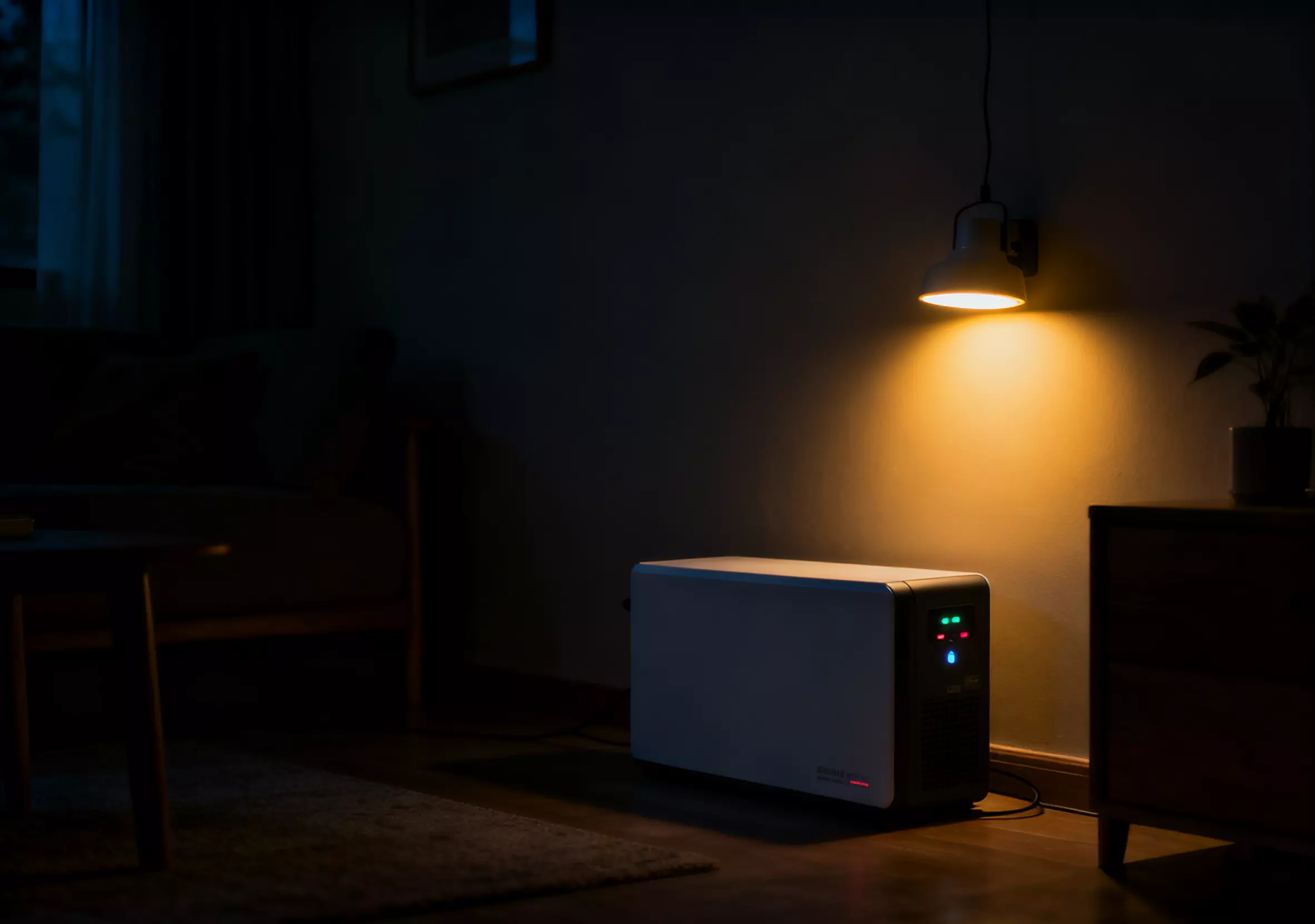Amid the world power transition, photovoltaic container structures are turning into a center of attention of growing activity for corporations and individuals. Whether at far off development sites, off-grid communities, or in cellular workplaces and emergency response scenarios, reaching electricity self-sufficiency thru photo voltaic electricity is no longer a dream.
This article will information you via the scientific deployment of a containerized photo voltaic system, from set up planning to realistic examples, permitting you to without difficulty hold close the key factors of constructing an impartial strength system.
1. Why Choose a “Photovoltaic Container”?
Traditional photo voltaic electricity technology requires a constant rooftop or floor structure. Photovoltaic containers, by using integrating photo voltaic panels and electricity storage tools in a cellular container, provide a plug-and-play electricity solution.
They provide the following advantages:
Flexible Mobility: They can be transported to a number of areas at any time, making them appropriate for emergency energy supply, development sites, or off-grid areas.
No Infrastructure Required: The container itself offers sturdy structural support, putting off the want for extra construction.
Strong Energy Independence: Combined with an strength storage system, they furnish non-stop strength even in areas besides grid coverage.
Environmentally Friendly: Using photo voltaic electricity as the principal strength supply reduces reliance on diesel turbines and lowers carbon emissions. Nowadays, extra and greater agencies are the use of photovoltaic containers for agricultural irrigation, verbal exchange base stations, outside development sites, cellular clinical stations, and different fields, supplying new options for sustainable development.
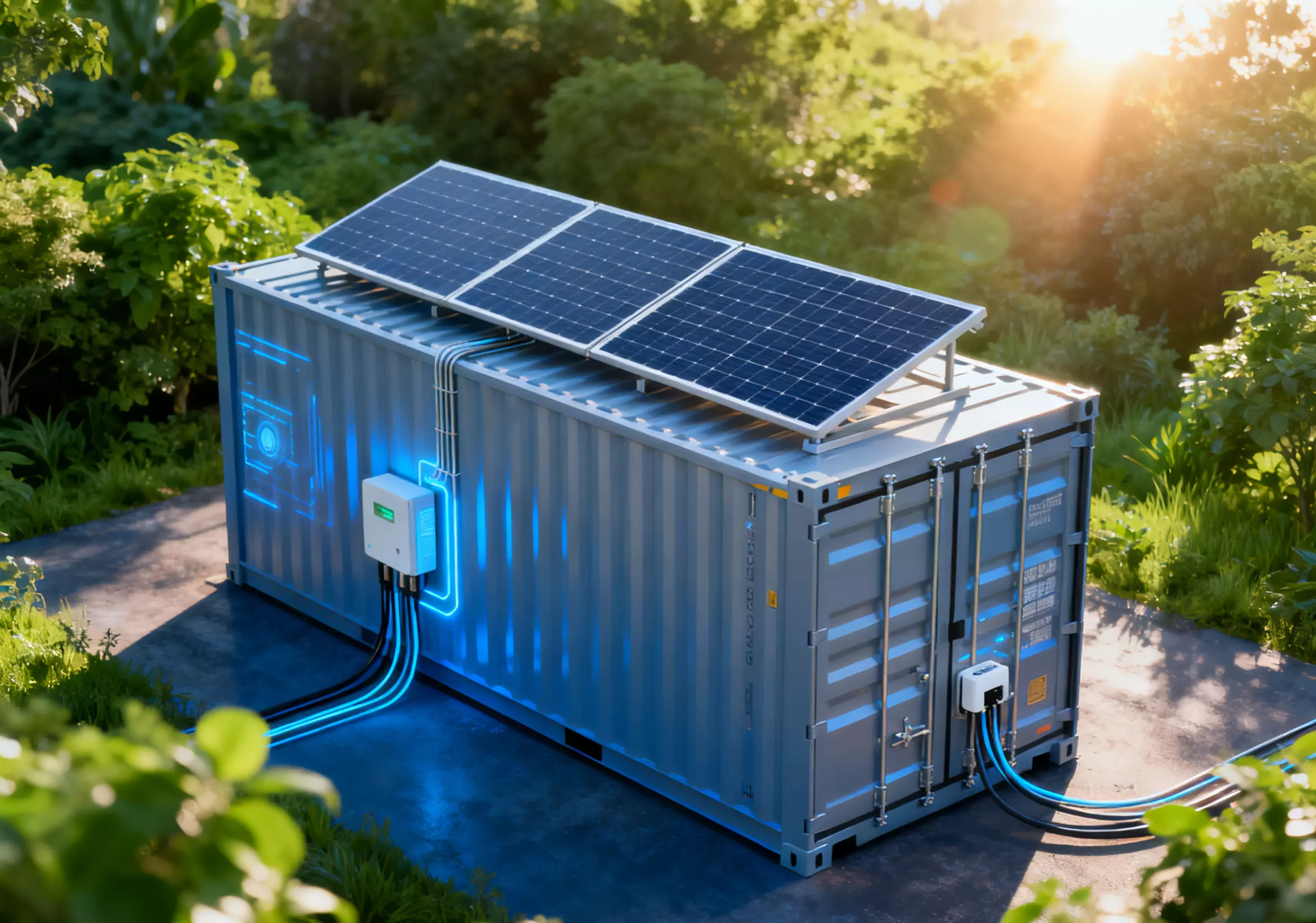
2. How many solar panels can be installed on the top of a container?
The trailing capacity is determined by the size of the container and solar panels’ power output: 20-foot containers: Usually, they can hold from 6 up to 12 panels, the resulting power will be between 1.8 kWp and 4.8 kWp; 40-foot containers: Always, they can fit between 12 and 24 panels, thereby having a power of more than 6 kWp at the very least. Besides, when combined with an ultra-modern energy storage system (for example, lithium iron phosphate or sodium-ion batteries), they are capable of storing and releasing power during night or cloudy days, thus providing a continuous power supply. The sodium-ion cabinets for industrial and commercial energy storage by Huijue Group are simply the best in these situations. Not only do they have remarkable charging and discharging rates, but also they can operate under extreme temperature conditions and last for a long period which are the reasons why they are the perfect match for photovoltaic container systems.
3. How to choose the best installation location?
The selection of the site plays a very important role in maximizing the solar system effectiveness. Orientation: For the Northern Hemisphere, it is suggested the longest side of the container be set up to east-west, with the roof facing south so that the sun will shine upon it the most. Shadow avoidance: Make sure that the place is not -caked by trees or buildings from every side. Shadows become very important during winter when the sun is not very high. Structural safety: The corner castings and main beams of the container should be used for PV mounting system securement to prevent roof panel’s stressing. Moreover, if the wind is very strong, a wind-resistant mounting system can be put into use to protect the installation from being damaged. Huijue’s integrated installation solution provides great wind resistance and safety characteristics thus it is highly recommended for use in coastal regions or places with high winds.
4. Real-World Case Study: Lessons from a Solar Container Clinic
In the Galapagos Islands, an off-grid medical clinic on a remote island successfully deployed a solar container system.
The project utilizes foldable PV panels and energy storage batteries to provide 24/7 power. Even during storms, the system maintains stable operation, providing continuous medical services to island residents.
This case study clearly demonstrates that PV containers are more than just energy devices; they are “green fortresses” that improve and protect people’s lives.
5. Installation and Maintenance Recommendations
When putting in a PV container, please notice the following:
Modular Design: Choose a PV mounting gadget that can be rapidly assembled and disassembled for convenient transportation and maintenance.
Energy Storage Configuration: Match power storage cupboards with gorgeous potential primarily based on electricity demand to make certain strength continuity.
Safety Protection: Enhance machine sturdiness with the aid of including windproof, waterproof, and lightning safety features.
Regular Cleaning and Inspection: Keeping panels smooth can extend strength era effectivity through over 10%.
Huijue Group’s built-in PV + electricity storage machine makes use of an sensible power administration device (EMS) answer that video display units electricity technology and consumption in actual time, assisting customers enhance gadget effectivity and lengthen battery life.
6. Enabling More Energy Freedom, a Greener Future
From homes to businesses and industries, from remote areas to emergency response scenarios, PV container systems are promoting the widespread use of clean energy with their flexibility and environmental friendliness.
Through scientific deployment and rational configuration, you too can easily own a “mobile mini-power station” and achieve a win-win situation of energy independence and cost savings.
In the future, with the continuous advancement of energy storage technology, PV containers will become a key enabler for sustainable development in many industries. Want to learn more about deploying PV containerized energy storage systems? Visit our product page or contact our technical team for customized solutions.


